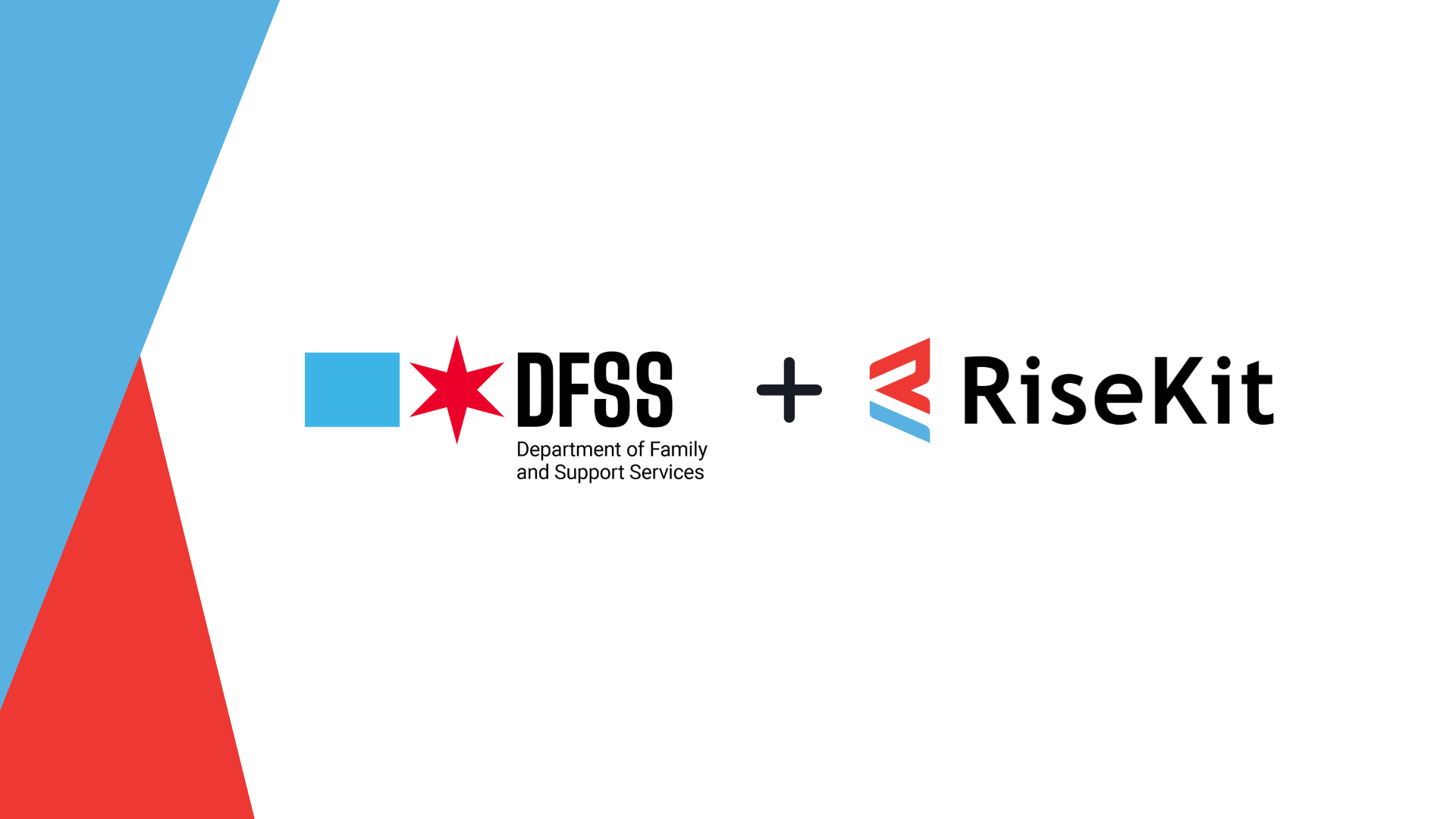How Applicant Tracking Systems Impact DEI
Published:
Talent acquisition and HR teams play one of the most critical roles in any company. They are tasked with sorting through hundreds, if not thousands, of potential candidates to find the perfect hire. This is an almost impossible task to do manually.
Applicant tracking systems (ATS) help to make their work easier by pre-screen job applications and managing the recruitment process. However, despite their widespread - and completely understandable use - ATSs inadvertently create challenges for DEI teams. A recent study published by Harvard Business Law, titled Hidden Workers: Untapped Talent, delves into how automated hiring software rejected millions of qualified job candidates by mistake. The overreliance on resume-scanning software is contributing to the problem of "hidden workers," according to the report.
One of the main ways ATS can wrongly reject applicants is by using keywords and phrases. These systems often use algorithms that scan resumes for specific words and phrases that are deemed relevant to the job opening. However, these algorithms can be biased against certain groups, such as women and people of color, who may not have the same level of access to language and terminology used in the industry. As a result, applicants who are otherwise qualified may be wrongly rejected due to the language used in their resumes.
Another way that ATS can impact diversity, equity, and inclusion is through the design of the system itself. For example, if the ATS was built and tested by a predominantly white and male team, the algorithms used may reinforce existing biases and discrimination. In addition, ATS can also discriminate against certain groups based on factors such as race, gender, and age, leading to a lack of diversity in the recruitment process.
The impact of these biases in ATS can have significant consequences for diversity, equity, and inclusion in the workplace. By wrongly rejecting applicants, ATS can limit the pool of talent available to employers and restrict opportunities for diverse candidates to enter the workforce. This can also reinforce existing power structures and reinforce systemic discrimination, making it difficult for marginalized groups to achieve equal representation and opportunities in the workplace.
In conclusion, ATS can wrongly reject applicants and negatively impact diversity, equity, and inclusion in the workplace. This is due to the use of biased algorithms and language-based discrimination, as well as the potential for the system to reinforce existing biases. It is important for employers to be mindful of these issues and to implement measures to ensure that the recruitment process is fair and inclusive. This includes regular audits and evaluations of the ATS to identify and address potential biases, as well as promote diversity and inclusion in the design and testing of the system.




